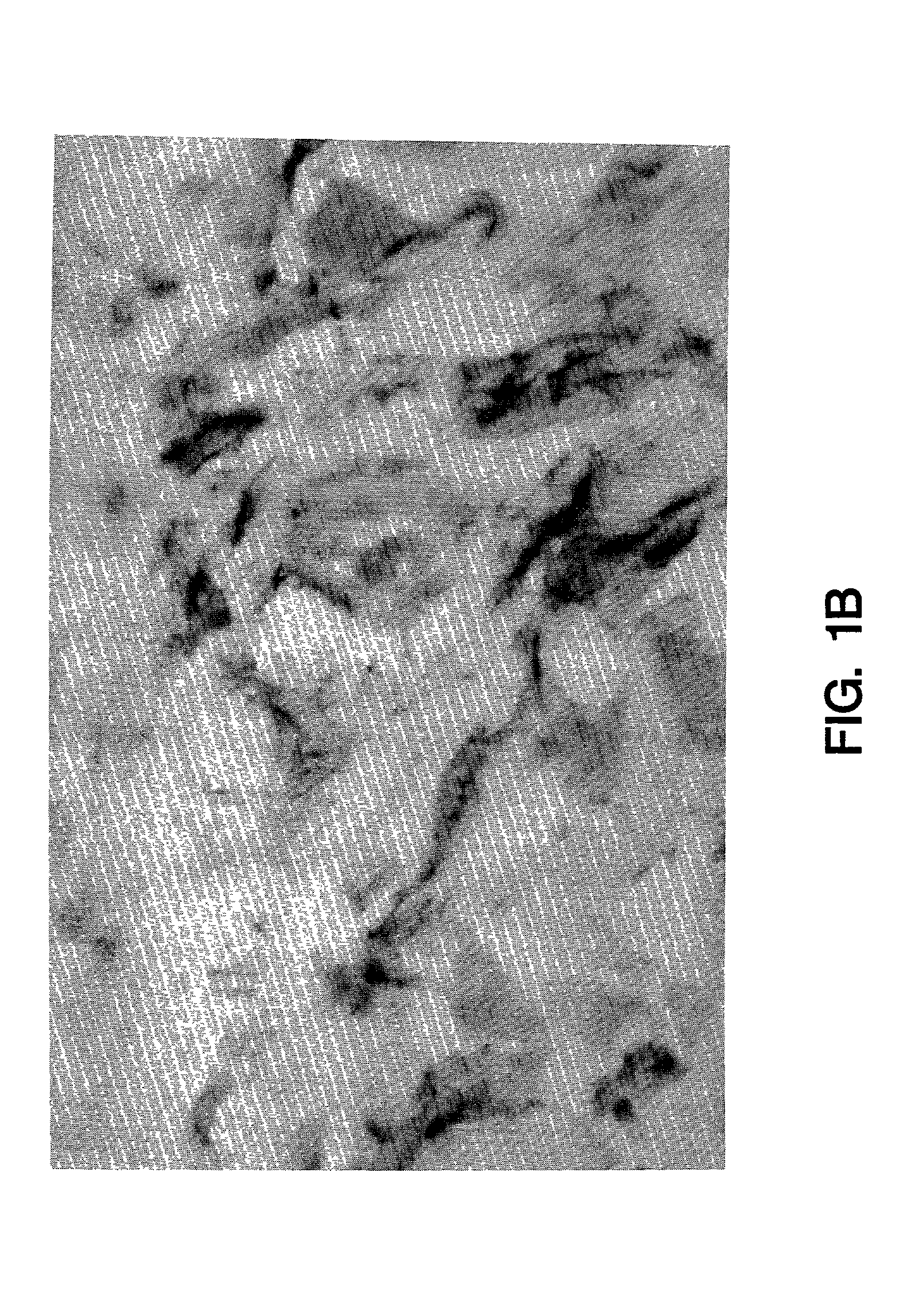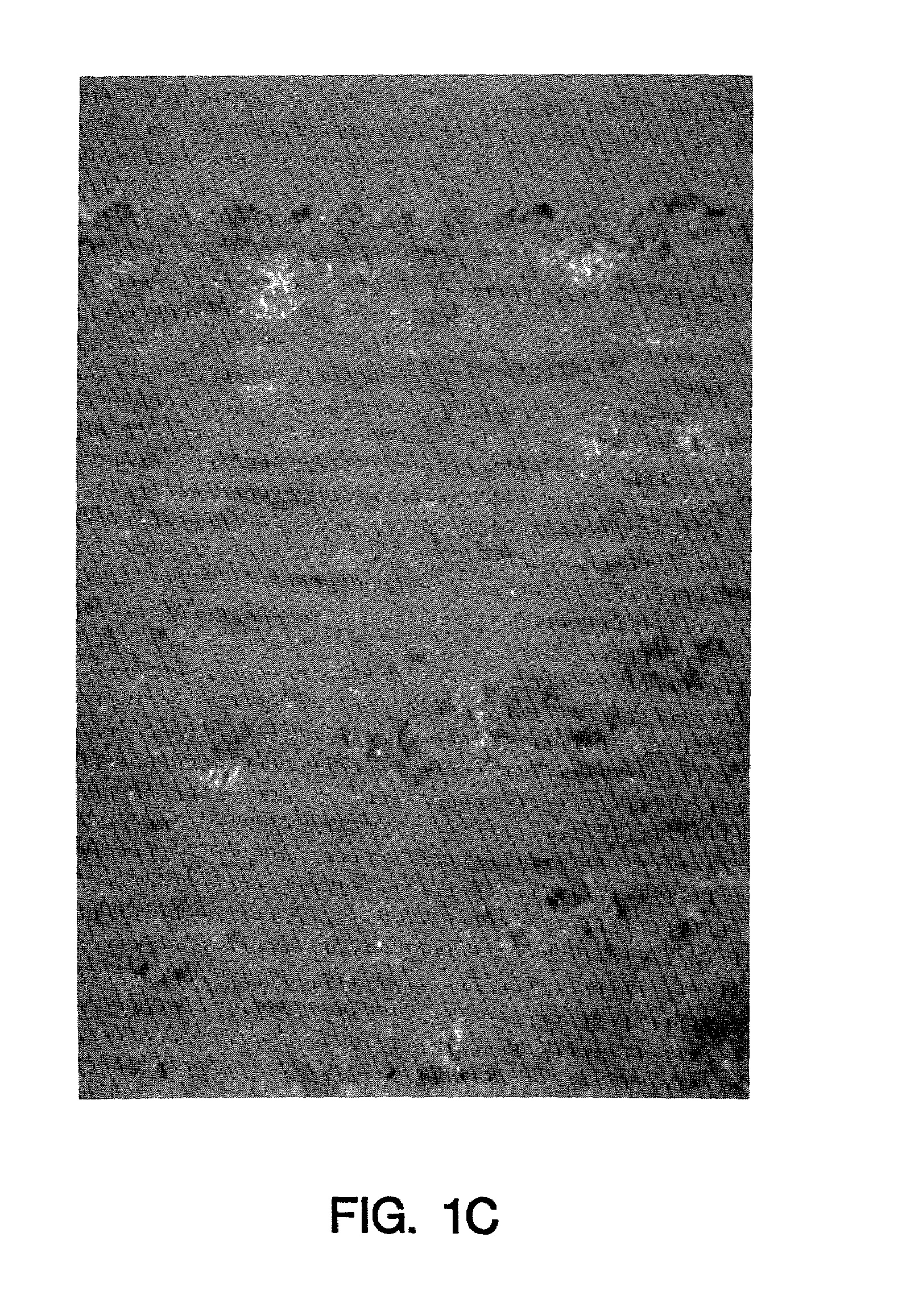Methods for the treatment of coagulation disorders with lipoprotein associated coagulation inhibitor (LACI)
a coagulation inhibitor and lipoprotein technology, applied in the field of myocardial infarction treatment, can solve the problems of heparin not being universally effective in preventing reocclusion in myocardial infarction victims, less than optimal treatment, and thrombosis in coronary arteries, so as to prevent clot or platelet aggregation, prevent potential clot reformation, and prevent clot or clot formation
- Summary
- Abstract
- Description
- Claims
- Application Information
AI Technical Summary
Benefits of technology
Problems solved by technology
Method used
Image
Examples
example 1
General Materials and Methods
[0044]TRITON™ X-100 was from Calbiochem. San Diego, Calif. All chemicals and reagents for preparative and analytical sodium dodecyl sulfate polyacrylamide gel electrophoresis (SDS-PAGE) were obtained from Bio-Rad Laboratories, Richmond, Calif. Factor IXa / Factor X reagent and S2222 / I2581 were obtained from Helena Laboratories (Kabi Coatest kit, Helena Laboratories, Beaumont, Calif., Catalogue No. 5293). YM 10 ultrafiltration membranes were from Amicon. Factor VII was purchased from Sigma Chemical Crude phosphotidylcholine (lecithin granules from soya bean) were obtained from Sigma, St. Louis, Mo. All other chemicals were of reagent grade or better.
Purification of Tissue Factor Protein
[0045]Tissue factor protein was purified using immunoaffinity purification using an IgG monoclonal antibody that binds human tissue factor protein.
[0046]Human tissue factor protein was synthesized in recombinant culture as described in European Patent Application No. 88301190...
example 2
Production of Tissue Factor Protein Antagonists
[0068]The tissue factor protein antagonist, antibody RD010, was an affinity purified polyclonal antibody raised in rabbits. The RD010 was prepared by immunization of rabbits with tissue factor protein in Freund's adjuvant followed by boosters as required. Rabbits were immunized with recombinant human tissue factor protein produced in 293S cells as a fusion protein (see European Patent Application No. 88301190.0, filed Feb. 12, 1988). The immune serum was purified by affinity chromatography on a recombinant human tissue factor-sepharose column. This antibody was shown to be monospecific on a western blot, to neutralize tissue factor activity, and immunoprecipitate tissue factor protein. This antibody was used at a dilution of 4.4 μg / ml for immunocytochemistry while 1.0–100 μg / ml was used for in vitro tissue factor inhibition studies.
[0069]Human monoclonal antibodies specific to tissue factor protein are generated using human B lymphocyte...
example 3
Localization of Tissue Factor Biosynthesis
Normal Vessels
[0070]Normal human saphenous vein and internal mammary artery samples were examined for tissue factor biosynthesis. Endothelial cells were negative for tissue factor mRNA and protein (FIG. 1a). Tissue factor positive cells were found dispersed in the tunica media and in the adventitia adjacent to the vessel. The strongest labelling was seen over the adventitia where adventitial fibroblasts showed intense tissue factor staining (FIG. 1b) and mRNA hybridization. Scattered cells in the tunica media contained tissue factor mRNA as determined by in situ analysis (FIG. 1c). Immunochemical staining of the media, however, was unimpressive and fairly weak, but appeared to be cell associated and correlated well with the in situ results (FIG. 1a). In general, more cells were found to be positive in the media by in situ hybridization than could be detected by immunochemical staining. This may suggest reduced tissue factor translation or ti...
PUM
| Property | Measurement | Unit |
|---|---|---|
| pH | aaaaa | aaaaa |
| concentration | aaaaa | aaaaa |
| thickness | aaaaa | aaaaa |
Abstract
Description
Claims
Application Information
 Login to View More
Login to View More - R&D
- Intellectual Property
- Life Sciences
- Materials
- Tech Scout
- Unparalleled Data Quality
- Higher Quality Content
- 60% Fewer Hallucinations
Browse by: Latest US Patents, China's latest patents, Technical Efficacy Thesaurus, Application Domain, Technology Topic, Popular Technical Reports.
© 2025 PatSnap. All rights reserved.Legal|Privacy policy|Modern Slavery Act Transparency Statement|Sitemap|About US| Contact US: help@patsnap.com



